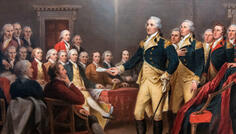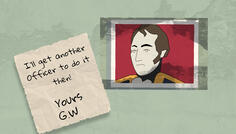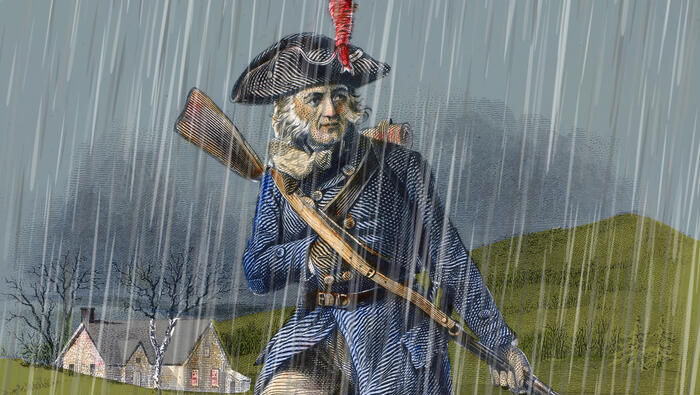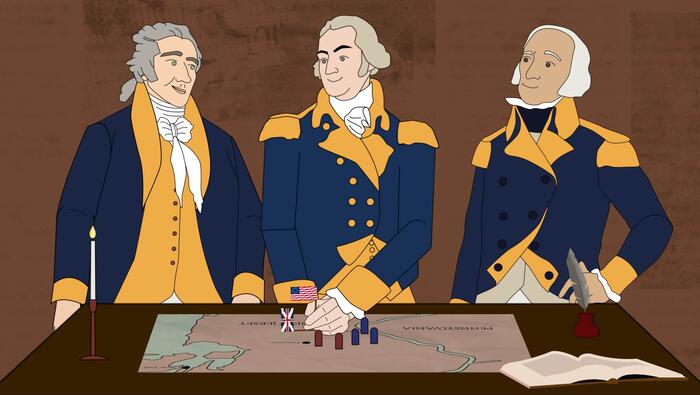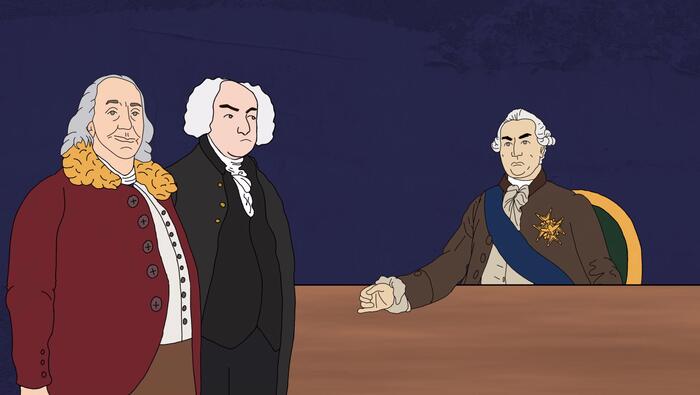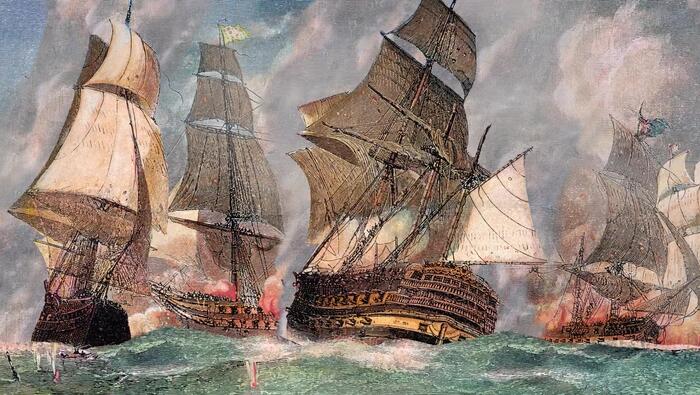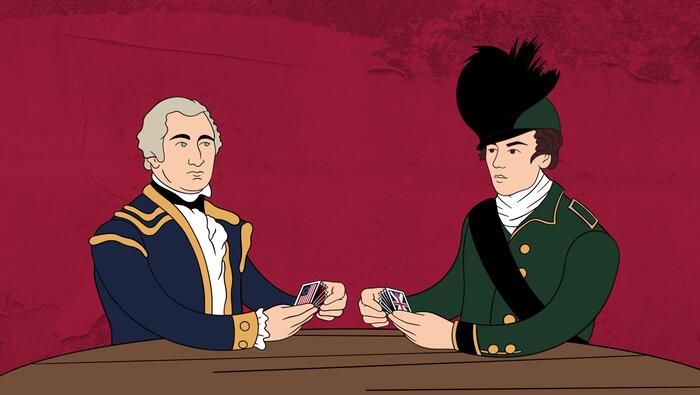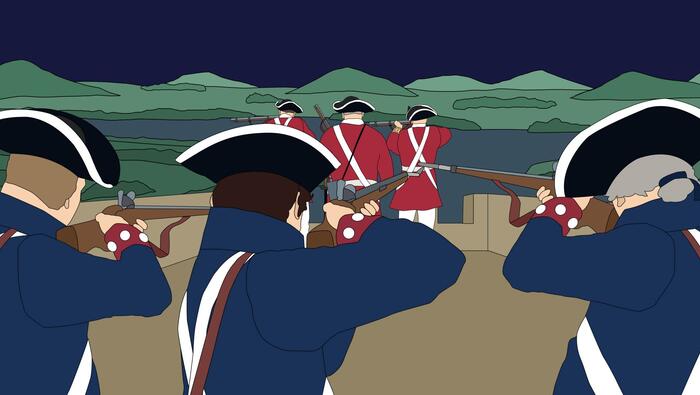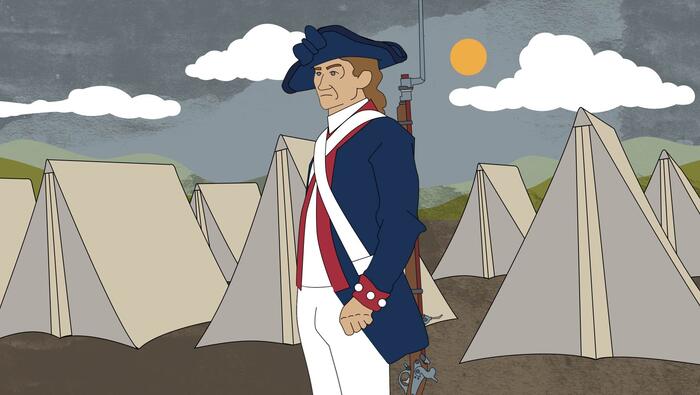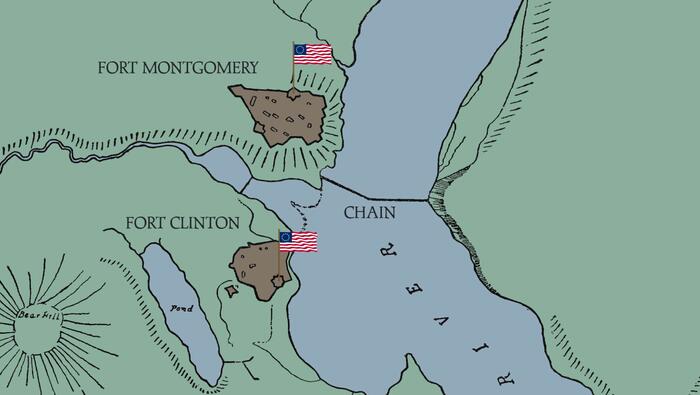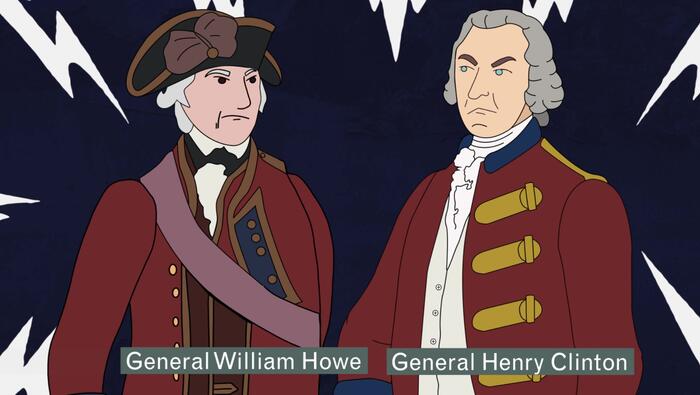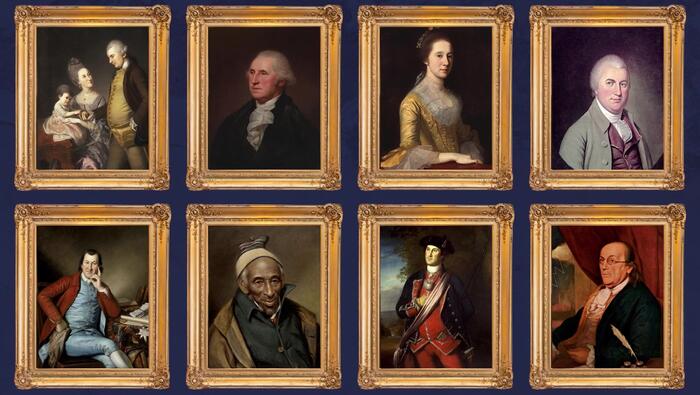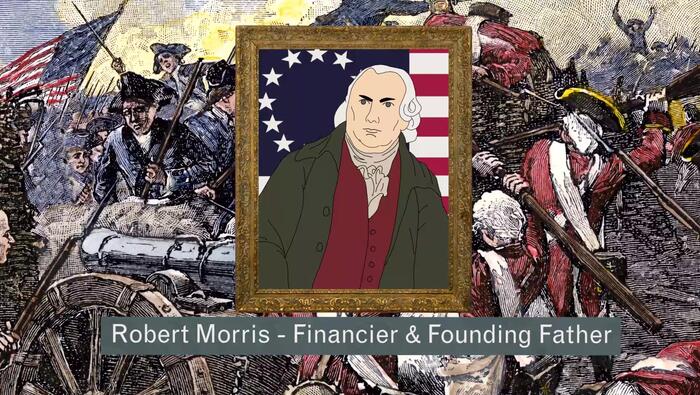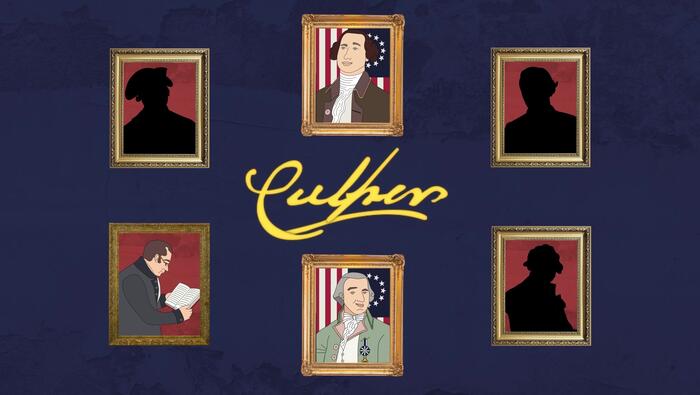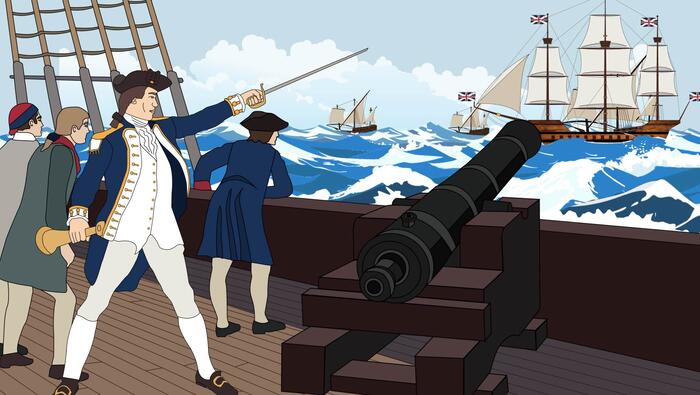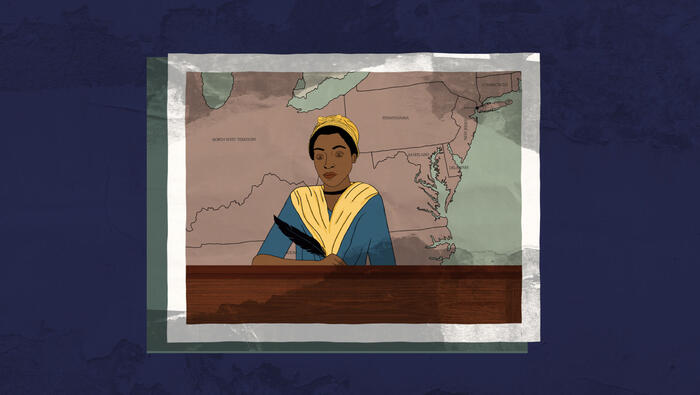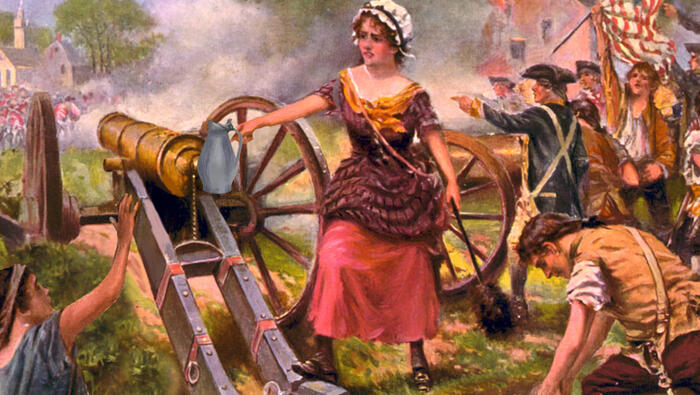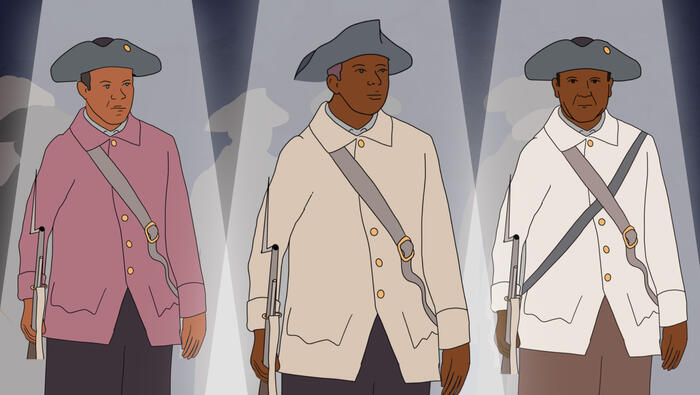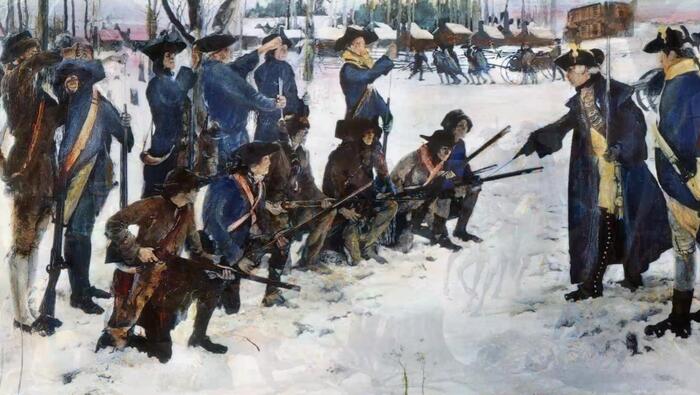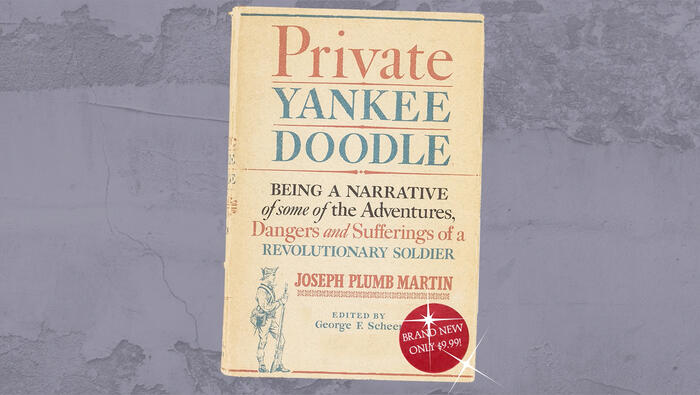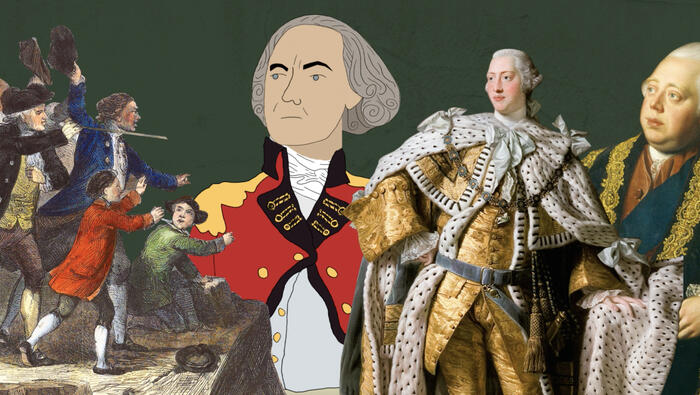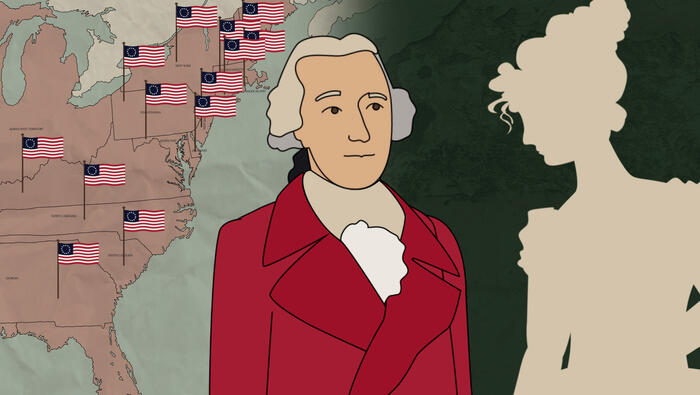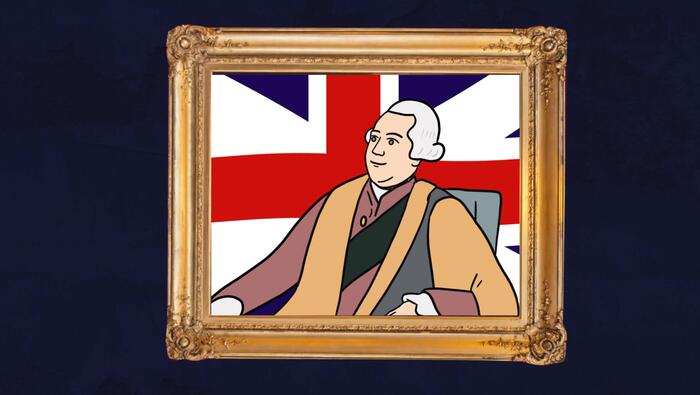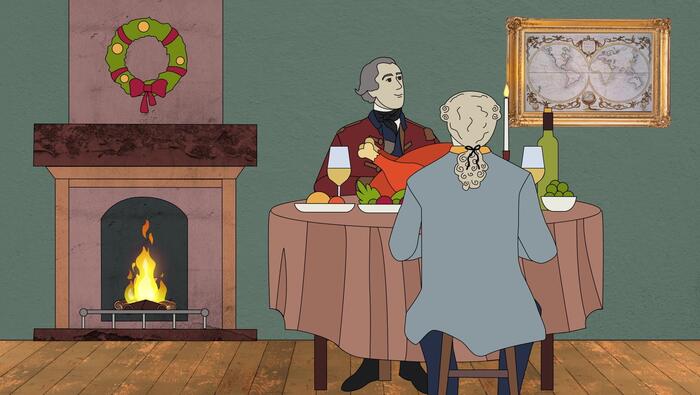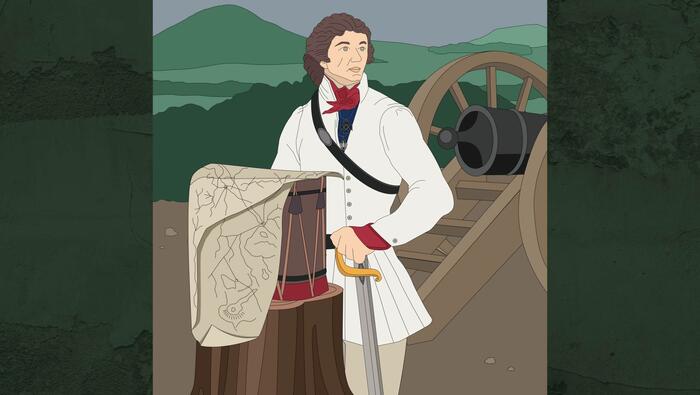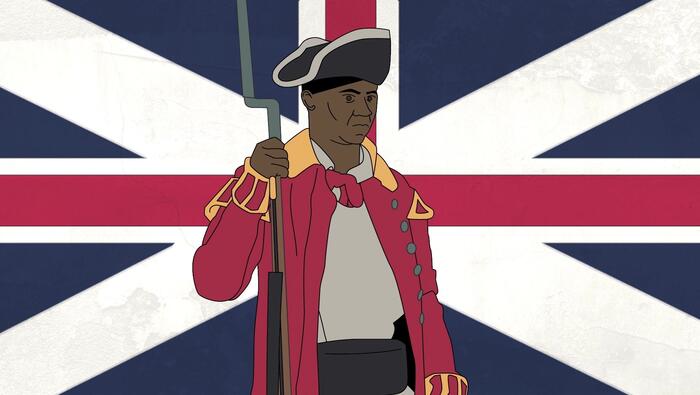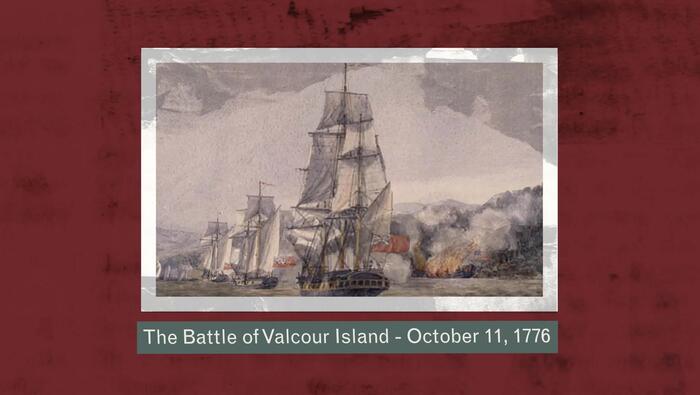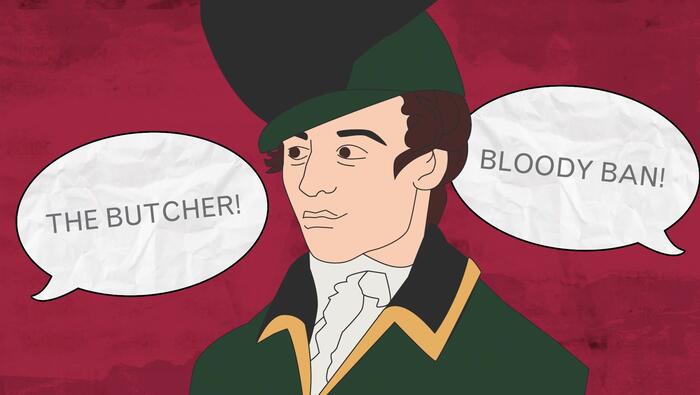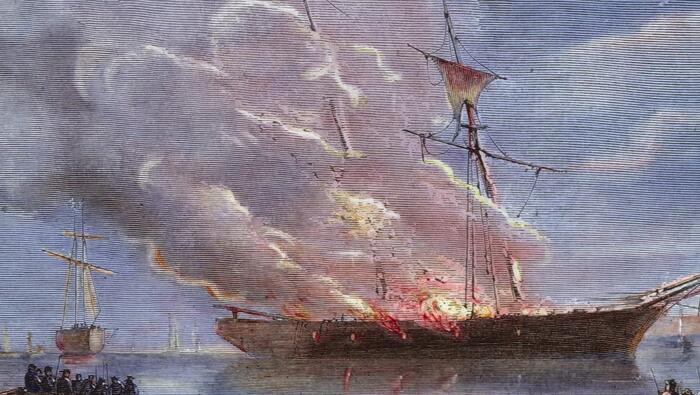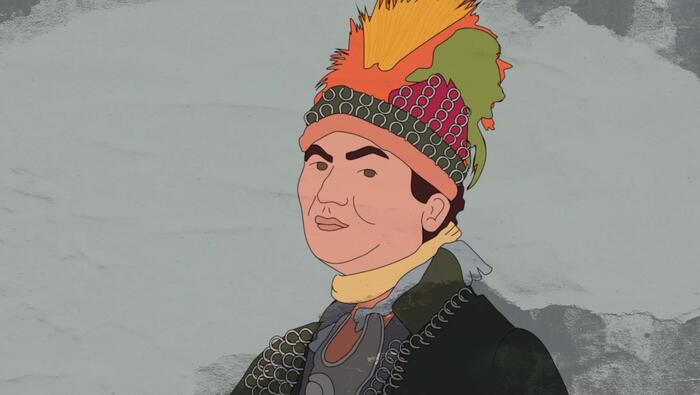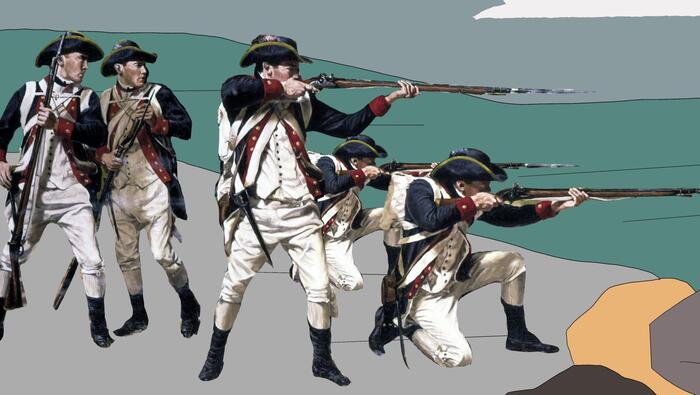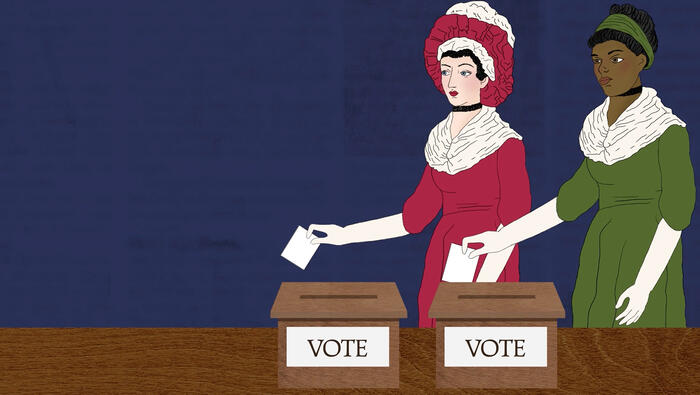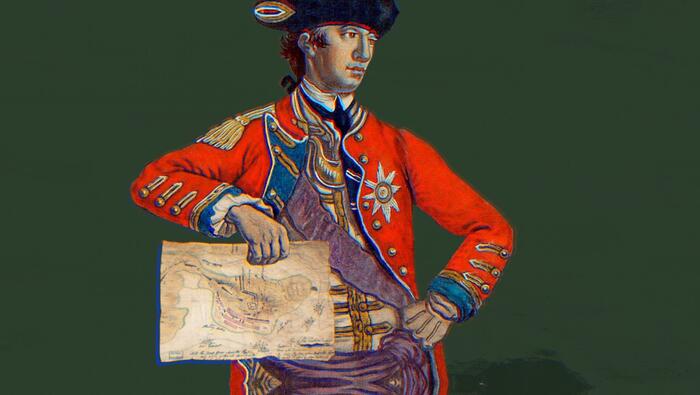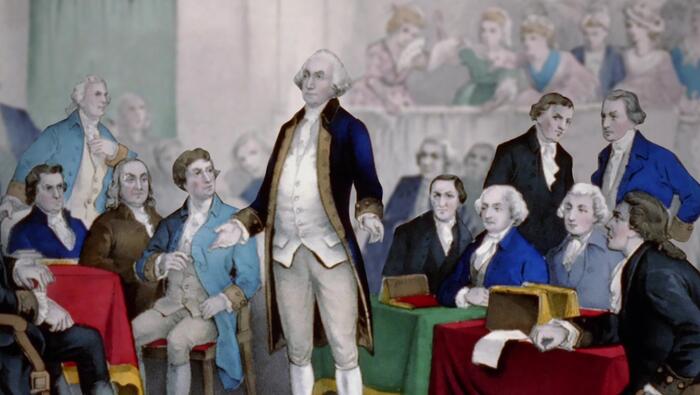Season 2



Newtown: A Crushing Defeat for the Iroquois
The Revolutionary War was never a simple story of Patriot vs Redcoat. Older nations with far deeper American roots were also caught up in the war. To secure their future, the nations of the Iroquois Confederacy had to choose a side – and in many ways, their long term fate was decided on the day of the Battle of Newtown.
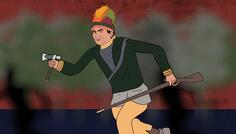
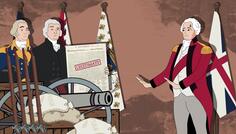


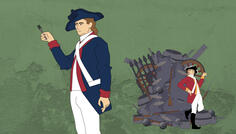
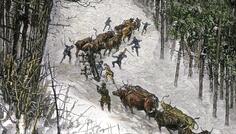
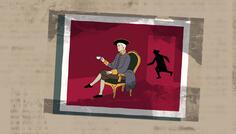
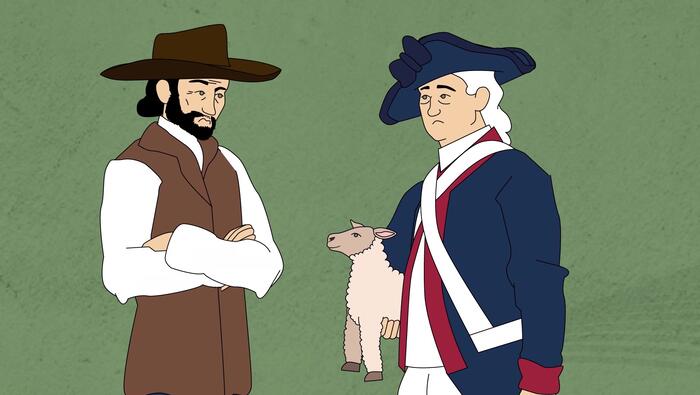
Foraging: Feeding Soldiers in the Revolution
Foraging was a common practice in the Revolutionary War – with supplies low, it was the only way that many soldiers could stay alive. But a free lunch for the army camp was often a disaster for local farmers. In certain cases, civilians found their possessions being plundered by armies on both sides.

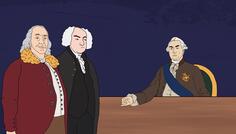
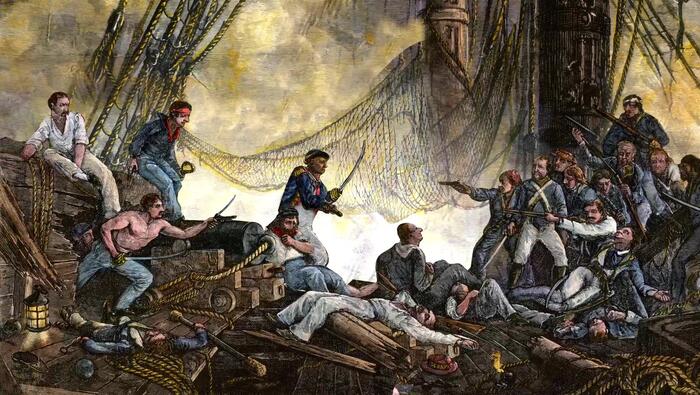
American Privateers: Pirates or Protectors?
At the time of the Revolutionary War, naval warfare wasn’t just the preserve of governments. Private businesses could also send armed vessels out to sea. It was a risky business, but American privateers inflicted millions of dollars of loss on British supply lines – making some very rich in the process.
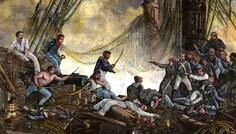
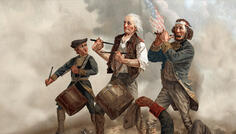
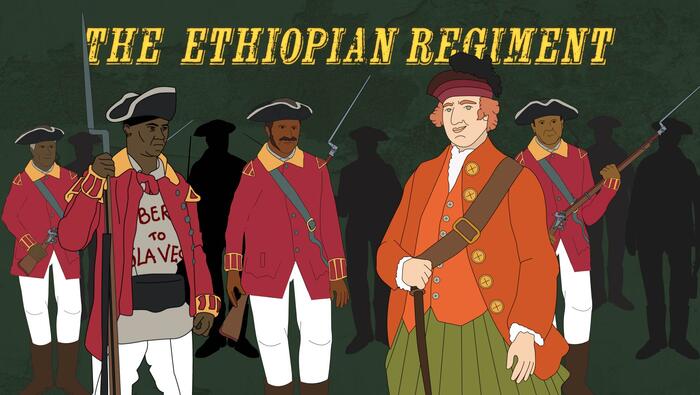
The Ethiopian Regiment
In 1775, Virginian slave owners didn’t just have the war to worry about. The Royal Governor of the colony was encouraging their slaves to escape, offering them freedom if they would fight for the British. Many Black men took up the offer, joining a fighting force that became known as the Ethiopian Regiment.



Governing The New Republic
The idea of Civic Virtue was central to the Founders' vision for the new republic. It meant that leaders would truly be servants of the people, putting their own interests aside for the good of the nation. But was it an ideal that could be lived up to? A question that’s just as relevant today as it was in 1776.

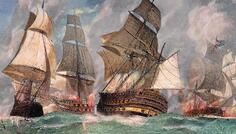
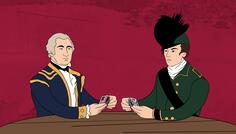
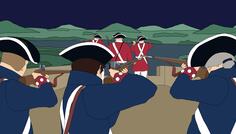
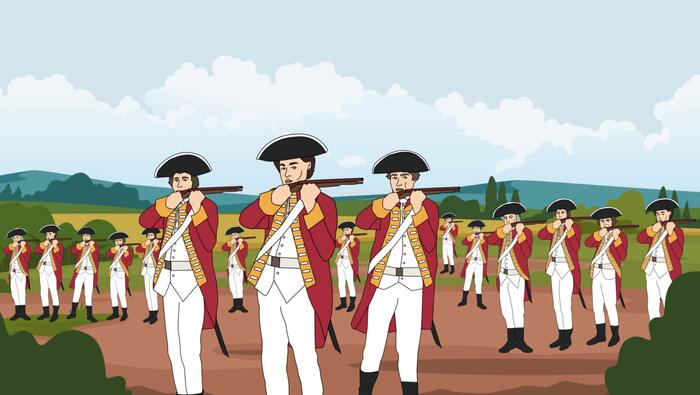
Guilford Courthouse: Defeat for Both Sides?
At the Battle of Guilford Courthouse, the British Army in the south finally met the Continentals in open battle. Despite being outnumbered, the professional Redcoats showed their mettle, and won the day. But Britain’s ability to impose its will on the South was coming to an end.
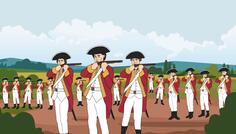




Western Department: Frontier of the Revolution
In the American Revolutionary War, the Western Department was tasked with trying to defend the huge Western frontier of the Colonies. Short of men and supplies, they faced a formidable enemy – the Native American nations of the Ohio territory and beyond.
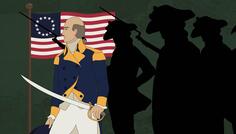


Battle of Bennington: Victory in the North
In 1777, a huge British expedition was making its way South from Canada. John Burgoyne, sent a thousand men to Bennington, Vermont, on a foraging mission. They met John Stark's Patriot militia - and suffered a damaging defeat, setting up the calamity at Saratoga.
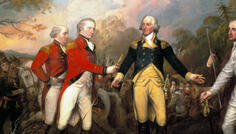

Staten Island: Loyalist Enclave
Staten Island served as a British base for nearly all of the Revolutionary War. It was the perfect staging post for troops, and a good base from which to attack New Jersey. The island’s population was also staunchly Loyalist, which didn’t make them popular with their neighbors.
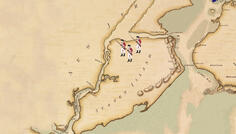
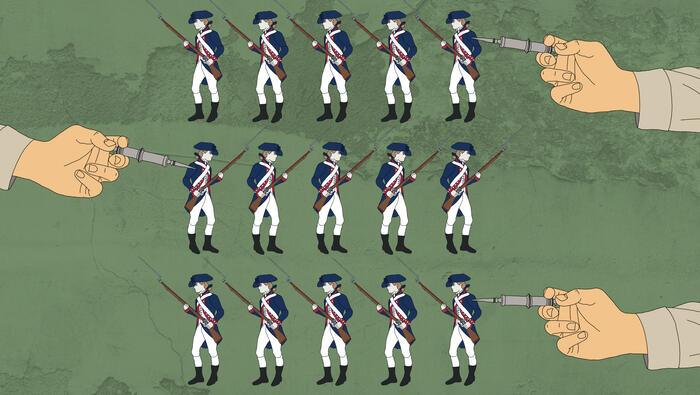
Morristown: Ice-cold Winter Encampment
Valley Forge may be the winter encampment that is most remembered as testing Patriot troops to the limits of their endurance – but the winters spent at Morristown in New Jersey were in many ways worse. Find out how the Continental Army still managed to come out fighting in the springtime.
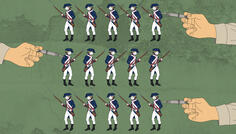
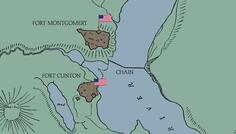
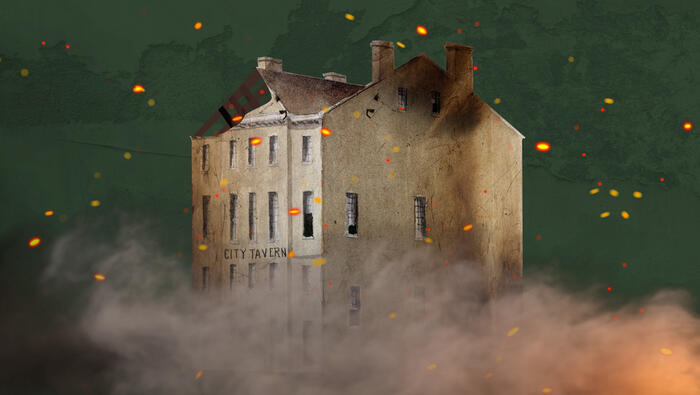
City Tavern: Bar-room Base for the Revolution
If there’s one building in the United States that could claim to be the birthplace of American democracy, it would have to be the City Tavern, Philadelphia. Built to be a grand meeting place for the movers and shakers of the time, it was the informal center of politics right through the years of the Revolutionary War.

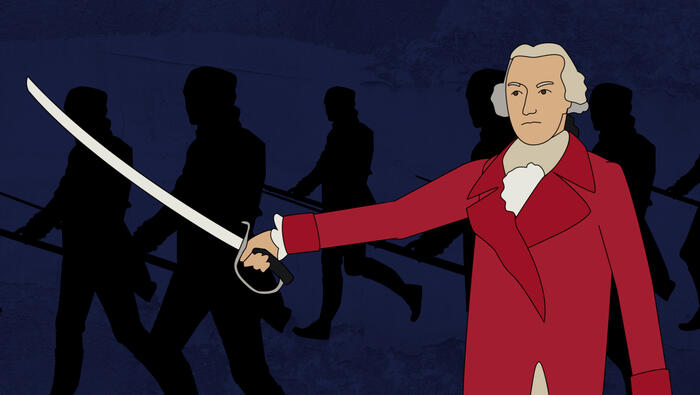
The Battle of Red Bank: Von Donop's Downfall
In October 1777, two small undermanned forts on the Delaware River were all that were stopping the British from gaining complete control of the area around Philadelphia. But while the British attack had strength in numbers and a Royal Navy backup, it was led by the impulsive Colonel von Donop, a man determined to regain his honor at all costs…
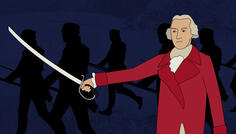

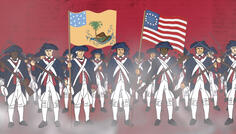
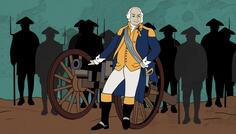
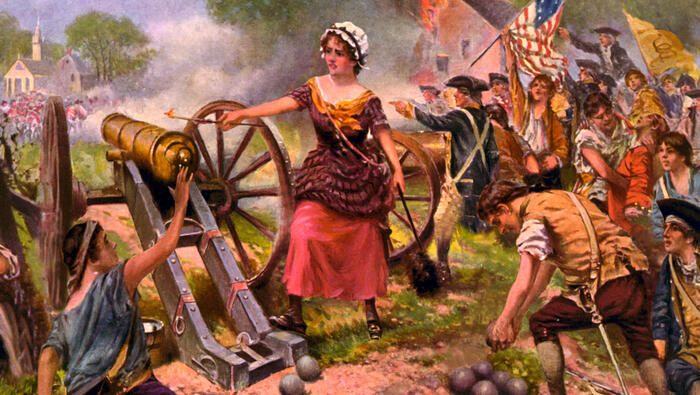
Army Wives: Unsung Heroines of the Revolution
Did you know that women were present in most Army units during the Revolutionary War? They faced the dangers of battle and the hardships of camp life alongside men. After the war, women’s contributions were largely forgotten. But from the lowest ranks to the top brass, they played a huge role in the Revolution.

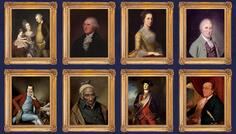
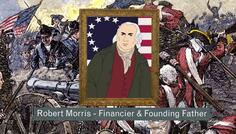

Francis Marion: The Swamp Fox
In 1780, when the British took Charleston, it looked as if the rest of South Carolina might end up in Loyalist hands. But a band of Patriot partisans, operating out of the Pee Dee River swamp areas, kept humiliating the British with repeated surprise attacks. Their leader? Francis Marion, the Swamp Fox.




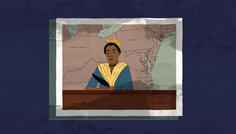
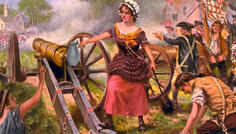
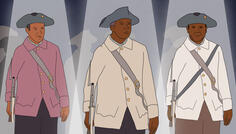

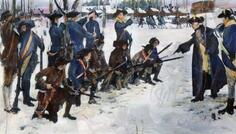

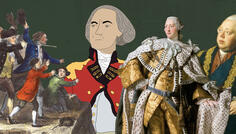

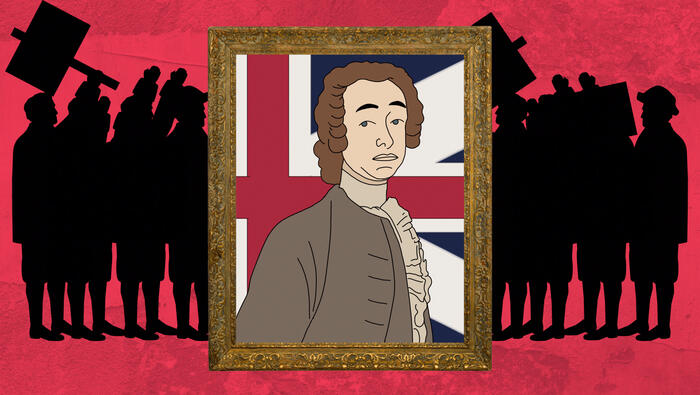
Thomas Hutchinson: Governor of a Rebellious Colony
Did you know that during the Revolutionary War, not all colonists wanted to become independent? Those who chose to remain loyal to the British crown included Massachusetts Lieutenant Governor Thomas Hutchinson. But was he a traitor - or simply a public servant doing his job?
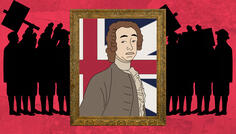

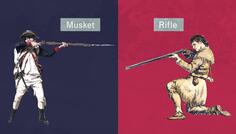
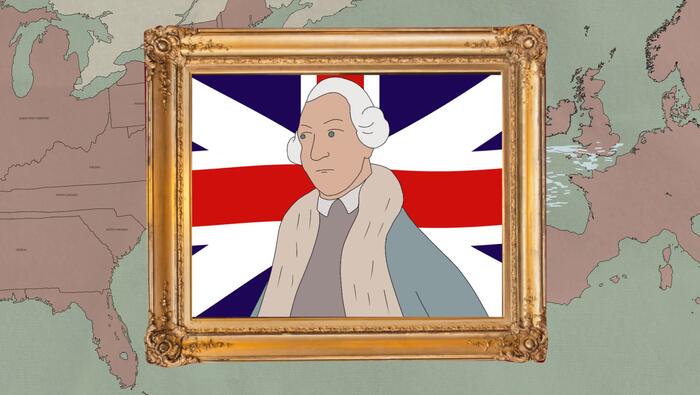
Lord George Germain: Long Distance Government
Have you ever tried to video call a friend on bad wi-fi? What if you had to direct a war from 3500 miles away - and the communication lag was two months?! That's what Lord George Germain, the British Secretary of State for America had to deal with during the Revolutionary War.

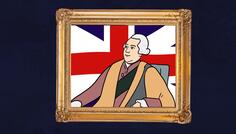
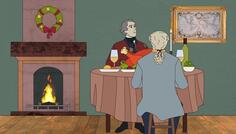



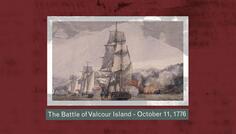

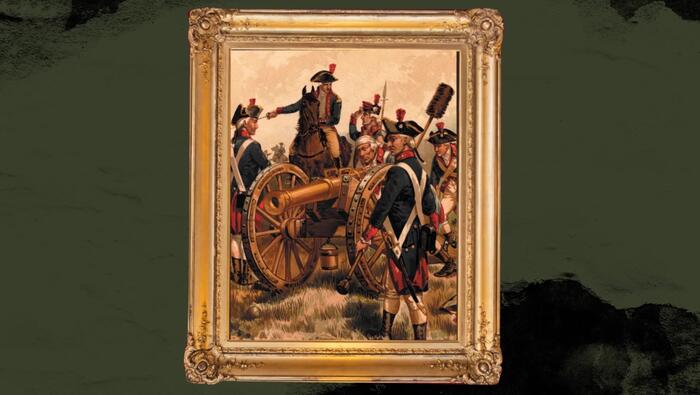
Cannons: The Patriots' Not So Secret Weapon
In the Revolutionary War, no side could dominate the battlefield without expert use of cannons. While the Continentals began the conflict with only a few outdated relics, by the time of the Siege of Yorktown, they had built a formidable and professional artillery corps.
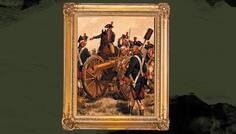
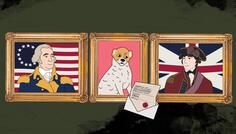
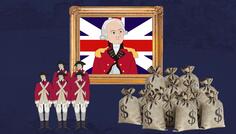
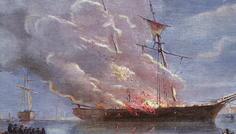

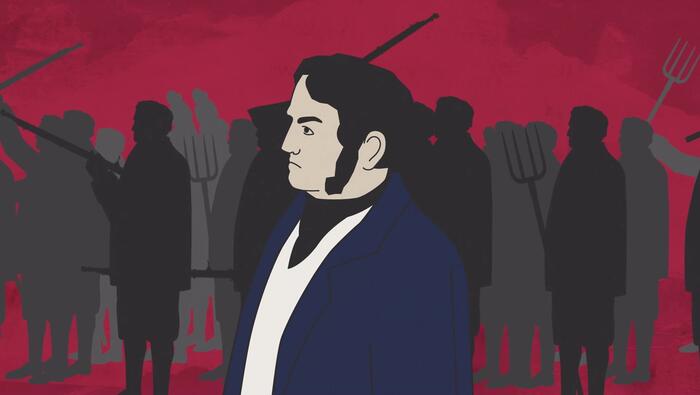
Shays' Rebellion: Revolt Against the Revolution
After the Revolutionary War was won, Daniel Shays led a thousand-strong rebellion of disgruntled farmers who almost plunged the new nation of the United States into civil war in Massachusetts. Their actions, although defeated, led to a reassessment of values that informed the creation of the US Constitution. They called themselves ‘Regulators’ - and, by that moniker, they succeeded.

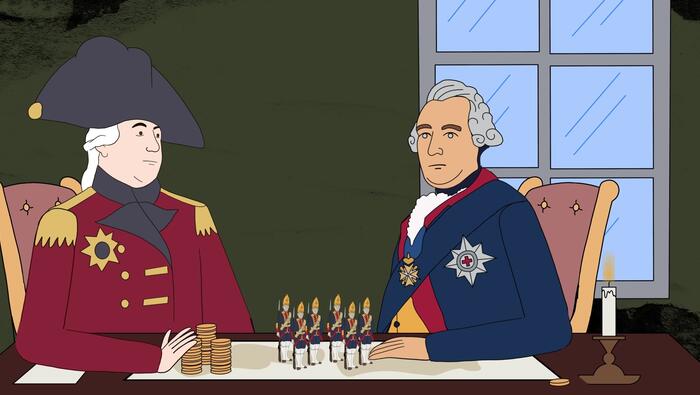
The Hessians: George III's German Mercenaries
The Hessians were one of the most feared armies in 18th Century Europe. This elite group of soldiers from modern-day Germany traveled to America to fight for the British in the Revolutionary War. But more than 3,000 of their number never returned home, ending a century-long Hessian history as troops for hire.
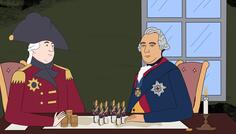
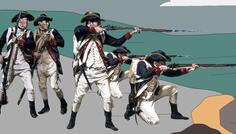

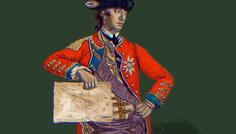

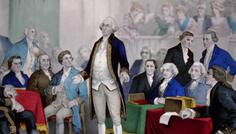
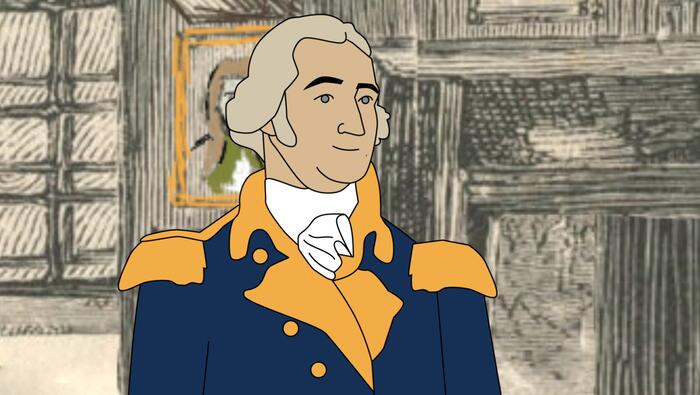
Newburgh 1783: The Conspiracy That Threatened American Democracy
Having defeated the British, gaining its independence after eight bloody years of war, the great American experiment was almost taken over by a military coup before it had properly begun. Yet again, it was George Washington who stepped in – not to win a war this time, but to quell a mutiny.
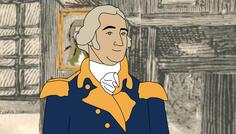

The Revolutionary Rise of James Forten, Abolitionist
As a teenager, James Forten narrowly avoided being sold into slavery. As an adult, he grew into one of the most prominent African-American businessmen in the whole of 19th century America, and a leading voice in the call for the abolition of the abhorrent trade that had so nearly claimed him.

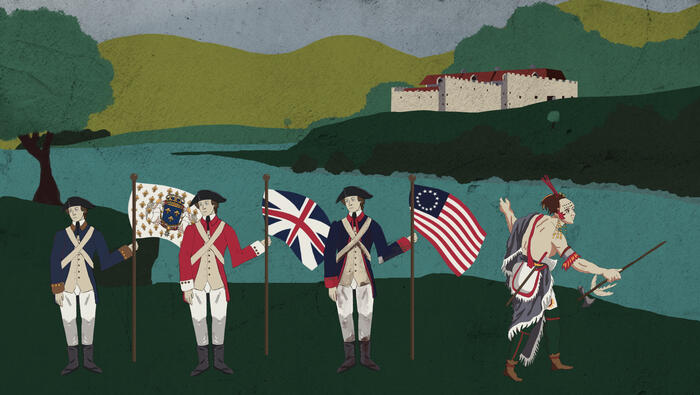
Fort Ticonderoga: Key to the Continent
At first glance, Fort Ticonderoga is little more than a large fort in upstate New York. But its strategic importance has seen this star-shaped structure become a highly sort-after, and much fought for garrison – earning it the nickname “the key to the continent”.

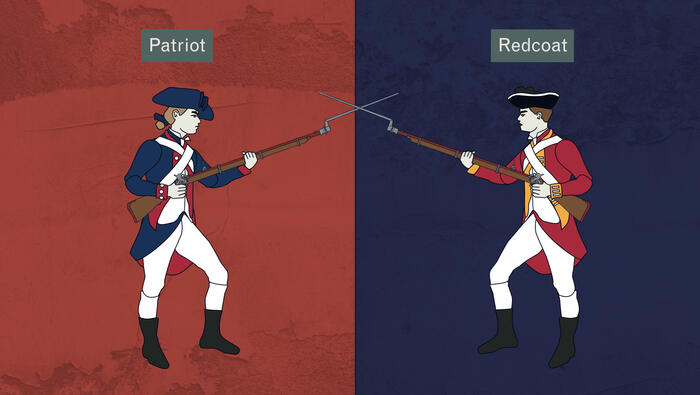
The Bayonet: The Weapon that Was Turned on the Red Coats
When it came to the psychology of war, 18th century Britain had a secret weapon: the bayonet. This brutal weapon was synonymous with British troops. Its reputation alone was terrifying enough to send colonial soldiers running for cover. The Continental army’s generals soon realized the only way to beat the bayonet, was to embrace its use.
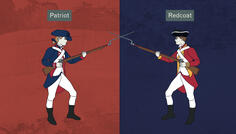
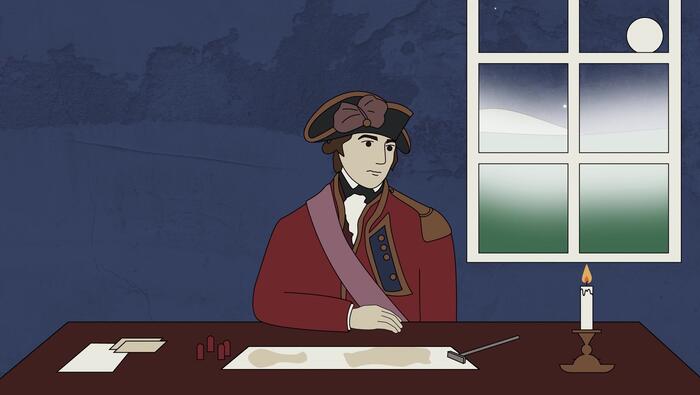
The Missed Opportunities of William Howe
Away from specific battles, Sir William Howe vs George Washington proved to be one of the defining clashes of the Revolutionary War. Howe was a British commander determined to capture the urban strongholds of North America. But he ended up being drawn into a deadly game of cat & mouse by his American counterpart, the future first President.

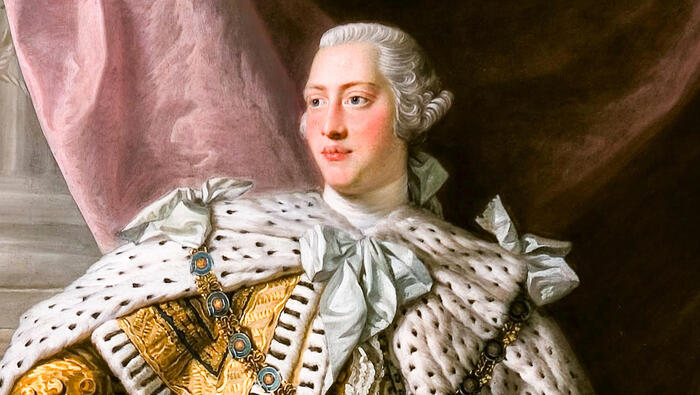
George III: The King Who Lost the Colonies
Before the Revolutionary War took hold, there was hope amongst several American colonists that the British King, George III, would ultimately intervene to stop his government imposing their will on the North American continent. But those American revolutionaries had overestimated both the monarch’s power over parliament and his desire to avoid conflict.
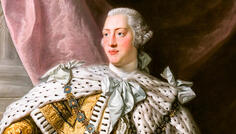

When Washington Walked Away from Power
Having led his Continental Army to victory over the British, many expected General George Washington to follow the model of European monarchs and dictators by declaring himself the ruler of a new nation: the United States. What he did instead, cemented his place as a different kind of leader, a genuine public servant, and true revolutionary.
